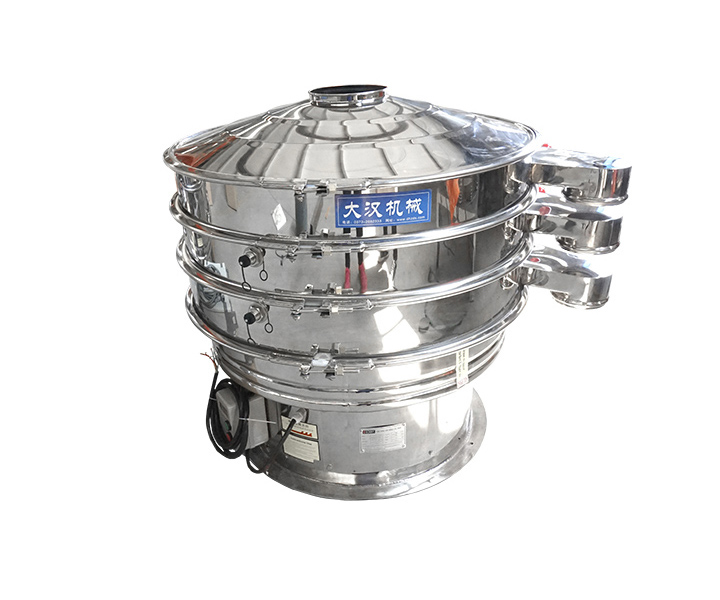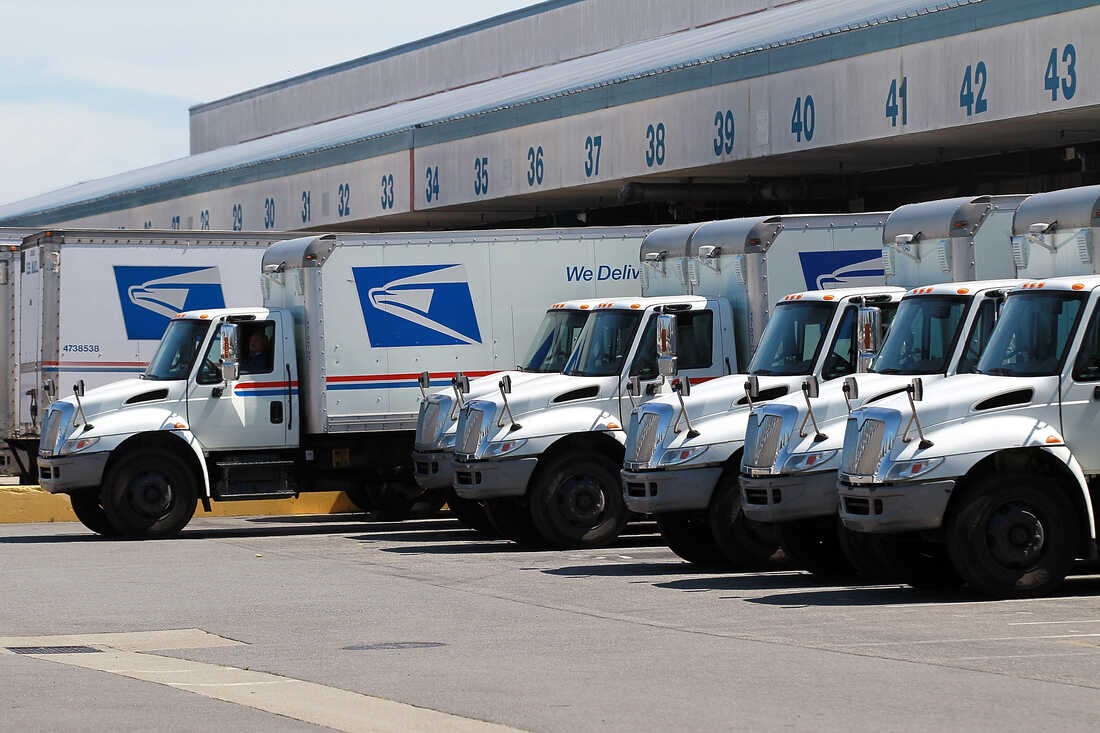In the world of industrial manufacturing, sieving machines play a critical role in the separation and classification of materials based on particle size. These machines are essential in numerous sectors, including pharmaceuticals, food production, and construction. As industries evolve, so too do the technologies that support them.
This article will delve into the latest innovations in sieving machine manufacturing, exploring what advancements we can anticipate in the coming years. We’ll discuss the integration of automation, the rise of smart technologies, and the focus on sustainability and efficiency. By the end, readers will have a comprehensive understanding of the future landscape of sieving machines and their impact on various manufacturing processes.
Current Trends in Sieving Machine Technology
Before diving into future innovations, it is essential to understand the current trends in sieving machine technology. Manufacturers are increasingly looking for ways to enhance efficiency, reduce downtime, and improve product quality. One of the biggest trends has been the move towards automated systems that can operate with minimal human intervention. Automation not only speeds up the sieving process but also ensures a higher level of precision and consistency.
Additionally, advancements in materials science have led to the development of more durable and lightweight components, which can significantly extend the life cycle of sieving machines. Furthermore, the integration of digital technologies, such as IoT and data analytics, allows for real-time monitoring and predictive maintenance, reducing the likelihood of unexpected breakdowns.
The Role of Automation in Future Sieving Machines
As industries continue to embrace automation, the future of sieving machines will likely revolve around this trend. Automation can streamline the sieving process, allowing for higher throughput and reduced operational costs. In the near future, we can expect the introduction of fully automated sieving systems that employ robotic arms for loading and unloading materials.
These machines will work seamlessly with other automated systems in a manufacturing line, creating a fully integrated production environment. Moreover, with advancements in machine learning algorithms, sieving machines will be able to adapt to varying material characteristics, optimizing the sieving process in real-time. This level of automation will not only improve efficiency but also enhance safety by reducing the need for human intervention in potentially hazardous environments.
Smart Technologies and Their Impact on Sieving Machines
The rise of smart technologies is another exciting aspect of future sieving machine innovations. The integration of the Internet of Things (IoT) will enable sieving machines to communicate with other devices and systems in real time. This connectivity will allow for better monitoring of machine performance and the identification of potential issues before they lead to breakdowns.
For instance, sensors can be used to track the vibration and temperature of a sieving machine, providing valuable data that can inform maintenance schedules and operational adjustments. Additionally, smart sieving machines can be equipped with user-friendly interfaces that provide operators with insights into the sieving process, such as particle size distribution and throughput rates. This data-driven approach will empower manufacturers to make informed decisions, ultimately leading to improved product quality and operational efficiency.
Sustainability and Eco-Friendly Innovations in Sieving Machines
As the global focus on sustainability intensifies, the manufacturing sector is under increasing pressure to adopt eco-friendly practices. Future innovations in sieving machines will likely reflect this trend, with a focus on reducing energy consumption and minimizing waste. Manufacturers will explore the use of renewable energy sources, such as solar or wind power, to operate sieving machines.
Additionally, advancements in materials science may lead to the development of sieving machines made from recyclable or biodegradable materials, further reducing their environmental footprint. Furthermore, energy-efficient designs will be a priority, allowing sieving machines to operate at optimal efficiency with minimal energy consumption. By prioritizing sustainability, the sieving machine manufacturing industry can contribute to a greener future while also addressing consumer demand for environmentally responsible products.
Customization and Versatility in Sieving Machines
As industries become more specialized, the demand for customization in sieving machines will continue to grow. Future innovations will likely focus on creating versatile machines that can be easily adapted to handle different materials and processes. Manufacturers may explore modular designs that allow for quick changeovers between different sieving applications. For instance, sieving machines could be equipped with interchangeable screens that can be swapped out based on the specific requirements of the materials being processed.
Additionally, advancements in software will enable operators to program sieving machines to optimize their performance for various applications, further enhancing versatility. This level of customization will not only improve efficiency but also reduce the need for multiple machines, streamlining operations and lowering costs.
Enhanced Safety Features in Sieving Machines
The safety of operators and personnel is a paramount concern in any manufacturing environment. Future innovations in sieving machines will likely place a strong emphasis on enhancing safety features. This could include the implementation of advanced safety systems, such as emergency stop buttons, safety interlocks, and protective enclosures.
Additionally, the integration of sensors and cameras will allow for real-time monitoring of the machine’s operation, alerting operators to potential safety hazards. Furthermore, training programs that leverage virtual reality (VR) and augmented reality (AR) technologies may be developed to ensure that operators are well-versed in the safe operation of sieving machines. By prioritizing safety, manufacturers can create a more secure working environment while also improving overall productivity.
The Future Market for Sieving Machines
As we look to the future, the market for sieving machines is expected to grow significantly. According to a report by Market Research Future, the global sieving machine market is projected to reach USD 1.5 billion by 2025, growing at a CAGR of approximately 5% from 2020 to 2025. This growth can be attributed to the increasing demand for high-quality products across various industries, including pharmaceuticals, food and beverage, and construction.
As manufacturers seek to improve their processes and enhance product quality, the need for advanced sieving machines will become more pronounced. Furthermore, the ongoing trend of digitalization and automation in manufacturing will drive innovation in sieving machine technology, leading to the development of more efficient and versatile machines.
Conclusion: Embracing the Future of Sieving Machines
In conclusion, the future of sieving machine manufacturing is poised for significant advancements, with automation, smart technologies, sustainability, customization, and safety at the forefront. As industries evolve and adapt to new challenges, the innovations in sieving machines will play a crucial role in enhancing productivity, efficiency, and product quality. Manufacturers must embrace these changes and continuously seek ways to improve their processes, ensuring that they remain competitive in an ever-changing market. By staying informed about the latest trends and technologies, stakeholders can position themselves to take advantage of the exciting opportunities that lie ahead in the world of sieving machine manufacturing.










